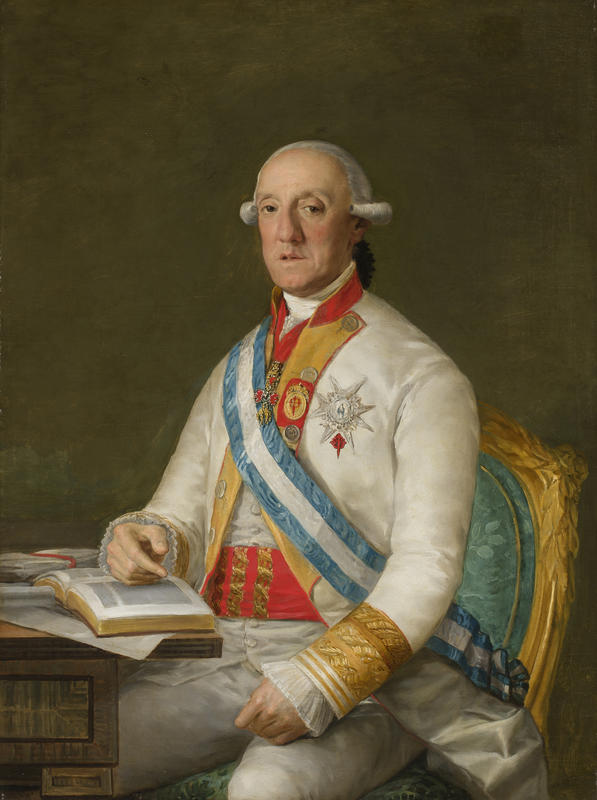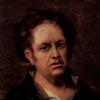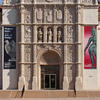More about Vicente Maria de Vera de Aragon, Duque de la Roca

Contributor
If you do an extensive study of Francisco Goya’s less interesting paintings you are bound to notice something rather suspicious.
A noticeable number of the men that Goya did portraits of have a similar necklace: a golden pendant hanging from a red ribbon. Some of the more visible ones are in Portrait of Ferdinand VII of Spain in his Robes of State, The Duke of Wellington, and of course Vicente Maria de Vera de Aragon, Duque de la Roca.
That’s right, if you haven’t guessed already, these gentlemen, along with quite a few others were all members of a prestigious, international order of knights, called the Order of the Golden Fleece. They were dedicated to protecting the Roman Catholic Church and upholding chivalry in the land. Seeing that one of their pendants made their way onto the chest of a stern faced general of the Spanish infantry you might think that was exactly what they did, but you would be wrong.
If you weren’t clued in by the fact that this necklace ended up around the British (i.e. served a Protestant ruler) shoulders of the Duke of Wellington, then you might want to know that the Spanish were uniquely terrible at war during the time period these pictures were made. They lost to everyone including the British, the Portugese, and finally the French. In sort, the Spanish members of this order, like Maria here, couldn’t defend a meatball sub from vegans. To be fair, Spain was a bit of a carnival at the time. Maria, himself is a great example of how weird things were, as in addition to being a Knight of the Order of the Golden Fleece he also held the titles of “Quarterback,” “Senior Butler” and “Greatness of 1st Class” over the course of his career.
Really the order was just one big artsy frat as the most prevalent thing about the Order of the Golden Fleece was the parties it threw. The order was a major patron of “sacred music” in the 15th and 16th centuries, and perhaps this explains why later in the 18th and 19th centuries so many of them were commissioning Goya himself to do their portraits. Tragically despite this they are still doomed to the less interesting sections of art history, likely because none of these men wanted to be depicted as crazy or nude.
Sources
- Franciscodegoya.net. “The Complete Works” Goya: The Complete Works accessed on 07/26/2019 https://www.franciscodegoya.net/the-complete-works.html?pageno=5
- Martin-Lanuza, Alberto “Vicente María Vera de Aragón and Enriquez” Real Acamadia De La Historia accessed on 07/26/2019 http://dbe.rah.es/biografias/5235/vicente-maria-vera-de-aragon-y-enriqu…
- Prizer, William F. “Brussels and the Ceremonies of the Order of the Golden Fleece” (Societe Belge de Musicologie Vol 55. 2001) PDF E-Book, pg 69 https://www.jstor.org/stable/3686829?seq=1#page_scan_tab_contents
- Rauner Special Collections Library “Order of the Golden Fleece” Dartmouth College 05/15/12 https://raunerlibrary.blogspot.com/2012/05/order-of-golden-fleece.html
- Spanishwars.net “18th Century - The Downfall of the Empire” The Spanish War History accessed 07/26/19 https://www.spanishwars.net/18th-century-downfall-of-the-empire.html











